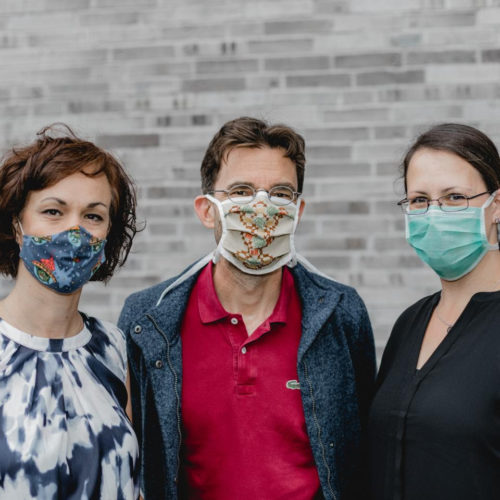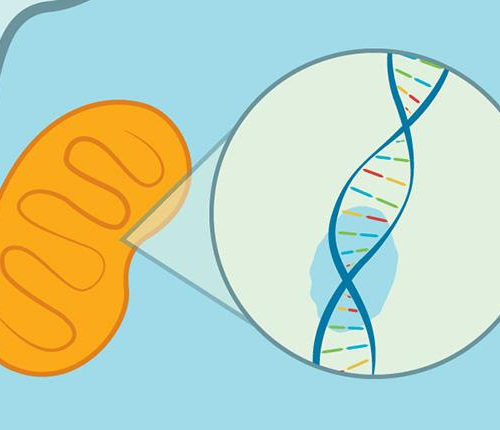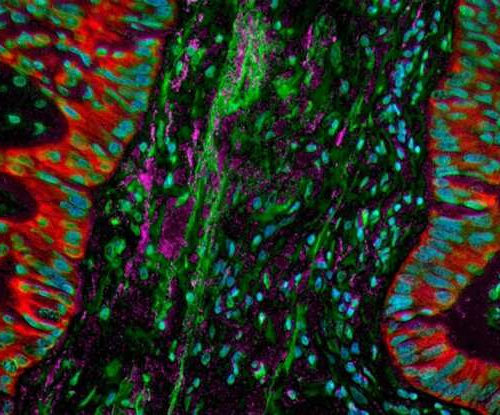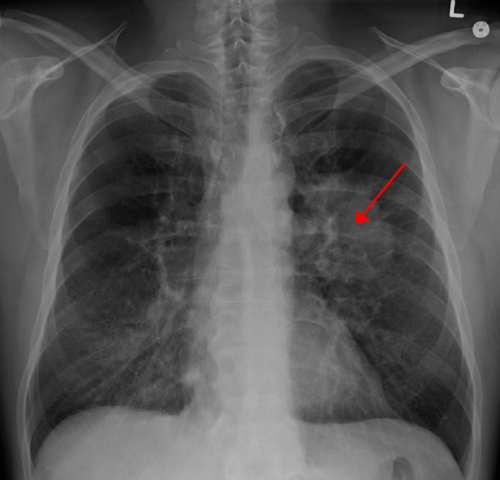Acrid smoke and fresh-chopped onions don’t have much in common — other than evoking an eye-watering urge to run to another room. Remarkably, the irritant chemicals in both smoke and onions — as well as garlic, horseradish and wasabi, and an assortment of potent toxins such as formaldehyde — all trigger this protective response by...
Tag: <span>biology</span>
How immune cells activate the killer mode
UNIVERSITY OF FREIBURG FROM LEFT: SUSANA MINGUET, WOLFGANG SCHAMEL, FREDERIKE HARTL. view more CREDIT: PHOTO: LAURENZ HERR, ANJA SCHWÄBLE Unraveling a key motif: The T lymphocytes of the immune system work to destroy infected cells or cancer cells. To do so, they have to identify the threat: Molecules perceived as foreign – so-called antigens –...
Turning off “junk DNA” may free stem cells to become neurons
For every cell in the body there comes a time when it must decide what it wants to do for the rest of its life. In an article published in the journal PNAS, National Institutes of Health researchers report for the first time that ancient viral genes that were once considered “junk DNA” may play...
Chemical offers new hope of finding treatments for neglected tropical diseases
by University of York Targeting the Trypanosoma brucei cell cycle: the target represents the compound AB1, and (the dart) its phenotype showed as a parasite with cell cycle defects. Credit: Manuel Saldivia and Andrés Sánchez Scientists say they are a step closer to developing a drug to kill the trypanosome parasite that causes human African...
Study finds that special filters in glasses can help the color blind see colors better
Effect persists even when glasses are not worn UNIVERSITY OF CALIFORNIA – DAVIS HEALTH JOHN S. WERNER OF UC DAVIS HEALTH HAS LED A STUDY OF GLASSES WITH SPECIAL FILTERS DESIGNED TO ADDRESS COLORBLINDNESS. view more CREDIT: UC REGENTS / UC DAVIS HEALTH A new UC Davis Eye Center study, conducted in collaboration with France’s...
New molecular tool precisely edits mitochondrial DNA
UW microbiologists discovered a bacterial toxin that, when engineered, is a key part of a gene editor that can make single-base changes in human mitochondria. The genome in mitochondria — the cell’s energy-producing organelles — is involved in disease and key biological functions, and the ability to precisely alter this DNA would allow scientists to...
Blood iron levels could be key to slowing ageing, gene study shows
UNIVERSITY OF EDINBURGH Genes linked to ageing that could help explain why some people age at different rates to others have been identified by scientists. The international study using genetic data from more than a million people suggests that maintaining healthy levels of iron in the blood could be a key to ageing better and...
Is what I see, what I imagine? Study finds neural overlap between vision and imagination
by Catherine Bridges, Medical University of South Carolina An ibis as “seen” by a machine, 2015. This processed image, which is based on a photograph by Dr. Zachi Evenor, is courtesy of software engineer Guenther Noack, 2015, and is reproduced from Wikimedia Commons (CC BY 4.0). Credit: Dr. Guenther Noack, 2015, reproduced from Wikimedia Commons...
Lung cancer proteome builds on genetic findings to reveal therapeutic strategies
by Tom Ulrich, Broad Institute of MIT and Harvard Lung cancer is the most commonly diagnosed cancer worldwide and the leading cause of cancer-related deaths, killing more per year than breast, colon, and prostate cancers combined. Over the years, studies of the lung cancer genome have fueled the development of drug therapies that target mutations...
Lung cancer in non-smokers likely to respond differently to treatment
by Institute of Cancer Research Lung cancer in non-smokers is a diverse and distinct disease from that in smokers, and is likely to respond differently to targeted treatments, a major new study shows. Scientists studied a population in Taiwan with high rates of lung cancer among non-smokers—and found a range of genetic changes which varied...







